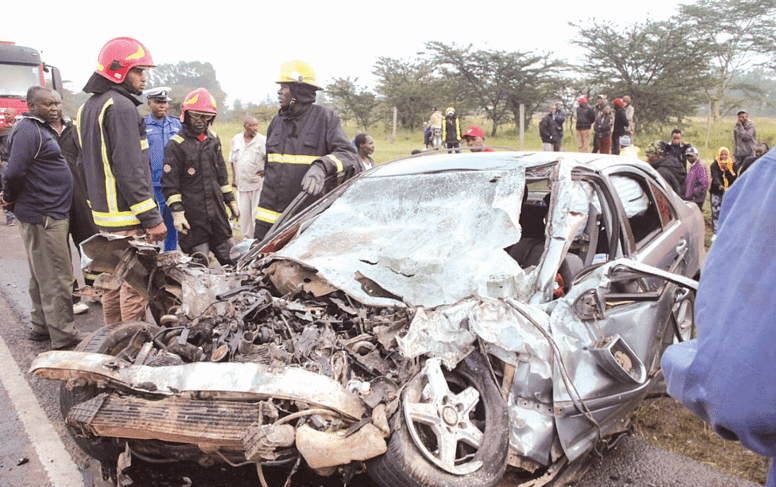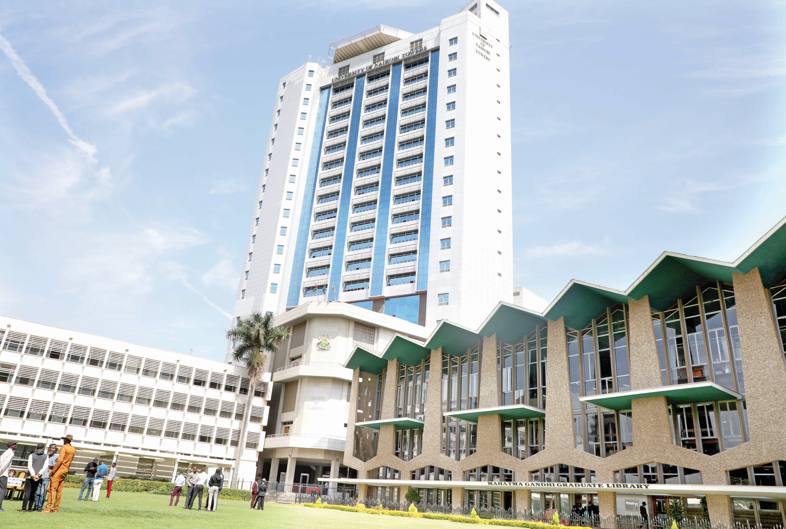We need to steer away from car-centric road design

Kenya’s roads have long been synonymous with chaos such as congested highways, reckless driving, and frequent accidents. Beneath these daily frustrations lies a deeper concern, the alarming number of road fatalities.
Road accidents claim over 3,000 lives each year, according to the latest statistics from World Health Organization (WHO), making road safety a public health crisis. Pedestrians and cyclists, often neglected in road design, account for a significant portion of these fatalities.
The current state of our roads reflects a car-centric mindset. Major cities like Nairobi are designed for vehicles, with little thought given to pedestrians or cyclists. This design flaw limits Kenya’s efforts to promote sustainable mobility while placing vulnerable road users at significant risk.
Pedestrians and cyclists account for nearly 39 percent of global road traffic deaths. In Kenya, this figure is even more pronounced, with pedestrians comprising nearly 50 percent of road fatalities. These statistics should be a wake-up call for immediate action to be taken.
To improve road safety, Kenya must shift its focus to designing roads that cater to all road users, not just vehicles. One of the most glaring gaps in our infrastructure is the absence of safe, designated pathways for non-motorised transport (NMT). In many areas, pedestrians are forced to walk along busy roadsides, while cyclists must navigate between vehicles and matatus, risking their lives. This lack of designated space for NMT creates unnecessary dangers, significantly increasing the likelihood of fatal accidents.
The solution lies in redesigning our roads and introducing dedicated sidewalks and cycling lanes, properly separated from vehicle traffic. Not only would this improve the safety of pedestrians and cyclists, but it would also encourage more people to opt for active transportation, offering both environmental and health benefits.
Well-designed cities around the world, such as Copenhagen and Amsterdam, have long embraced walking and cycling as essential components of daily life. Their streets are designed with wide pedestrian pathways, designated cycling lanes, and ample green spaces, promoting a culture of active mobility that is both healthier for individuals and kinder to the environment.
However, road safety goes beyond infrastructure. It requires fostering a culture of respect and responsibility among all road users. Public education campaigns are critical in raising awareness about road safety, particularly regarding sharing the road with pedestrians and cyclists. Both the government and private sectors must invest in initiatives that promote safe driving behaviours, such as adhering to speed limits and yielding to non-motorized traffic.
Strategic interventions like traffic-calming measures can also improve road safety. Speed bumps, pedestrian crossings, and reduced-speed zones in high-foot-traffic areas protect vulnerable road users, while well-designed street lighting and visible signage improve safety, particularly at night when many accidents occur. WHO data underscores that countries implementing these measures have seen significant declines in road fatalities.
In addition, the government must prioritise long-term investments in smart infrastructure. Leveraging technologies like traffic management systems, sensors, and pedestrian-detection mechanisms can further enhance safety. Smart crosswalks, for instance, can alert drivers to crossing pedestrians, reducing accidents at busy intersections. Cities around the world have successfully integrated such technologies to create safer, more efficient transport networks.
But why the urgency to redesign our roads now? As Kenya’s urban population continues to grow, the pressure on its infrastructure intensifies. Urban sprawl increases dependency on cars, leading to worsening traffic congestion and, inevitably, more road fatalities. Redesigning roads now before the situation worsens is essential for creating a safer, more sustainable future for all road users.
— The writer is a Features Reporter with People Daily












